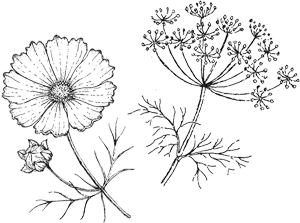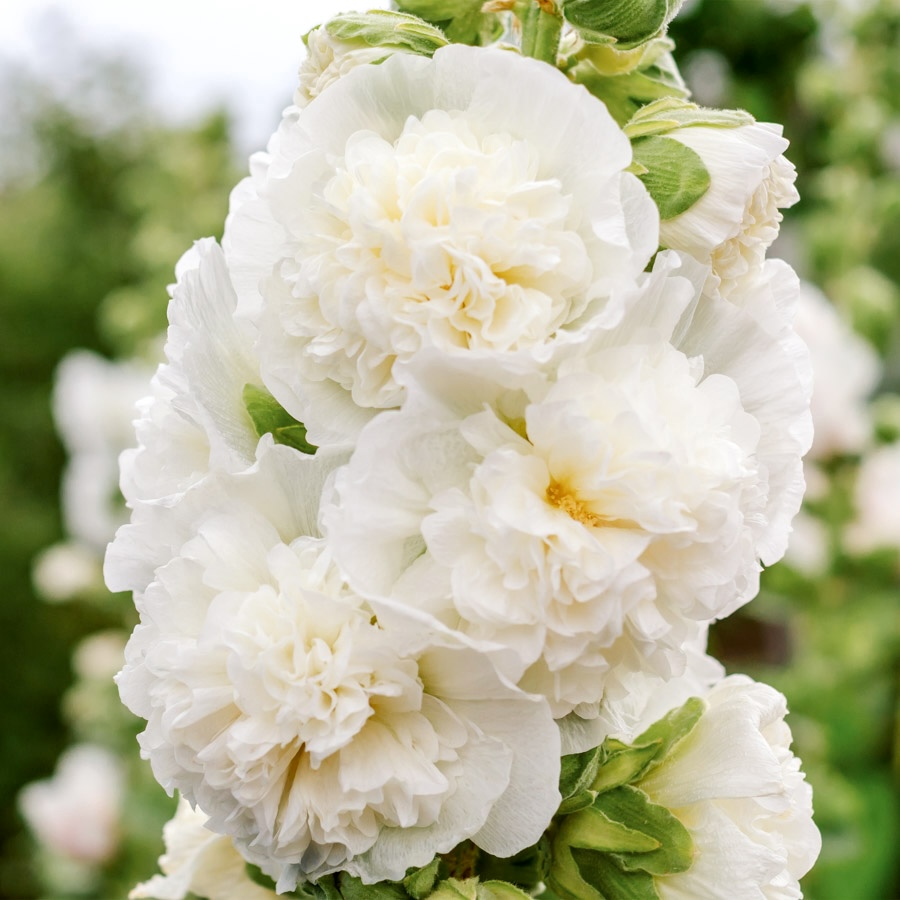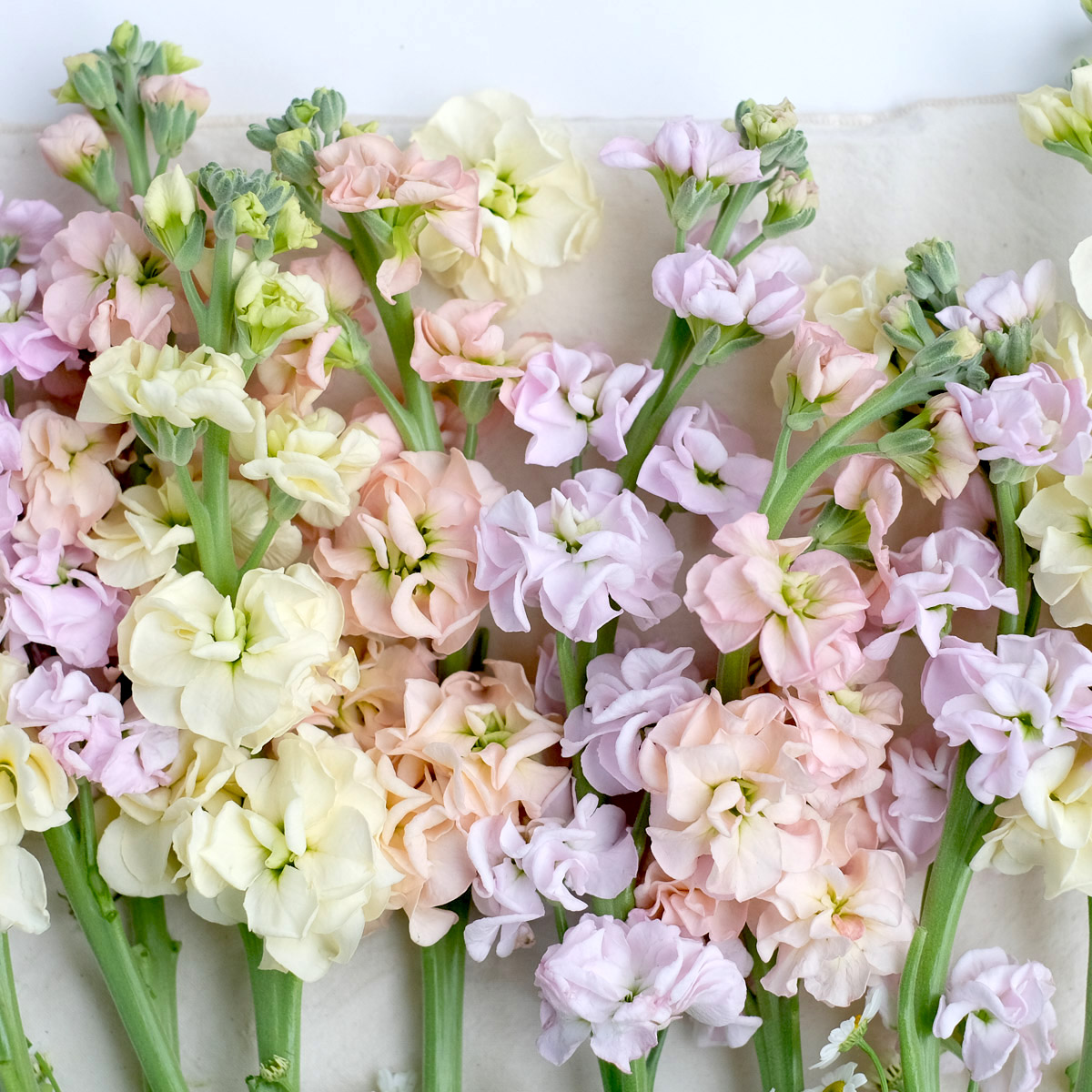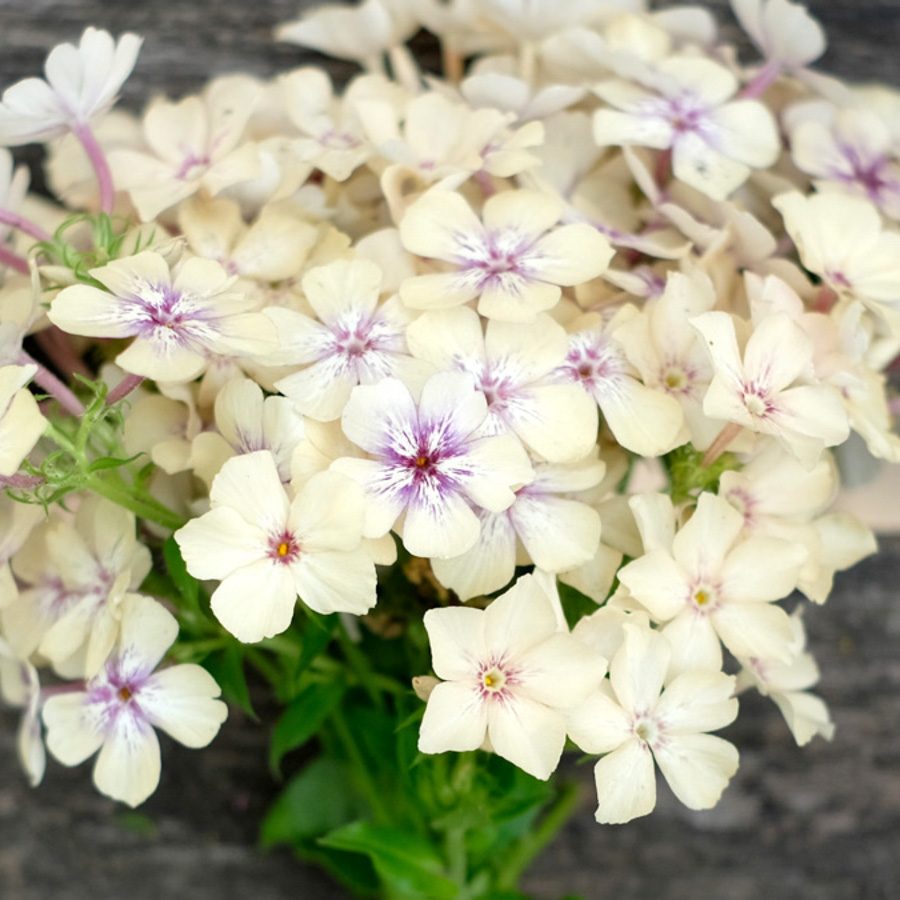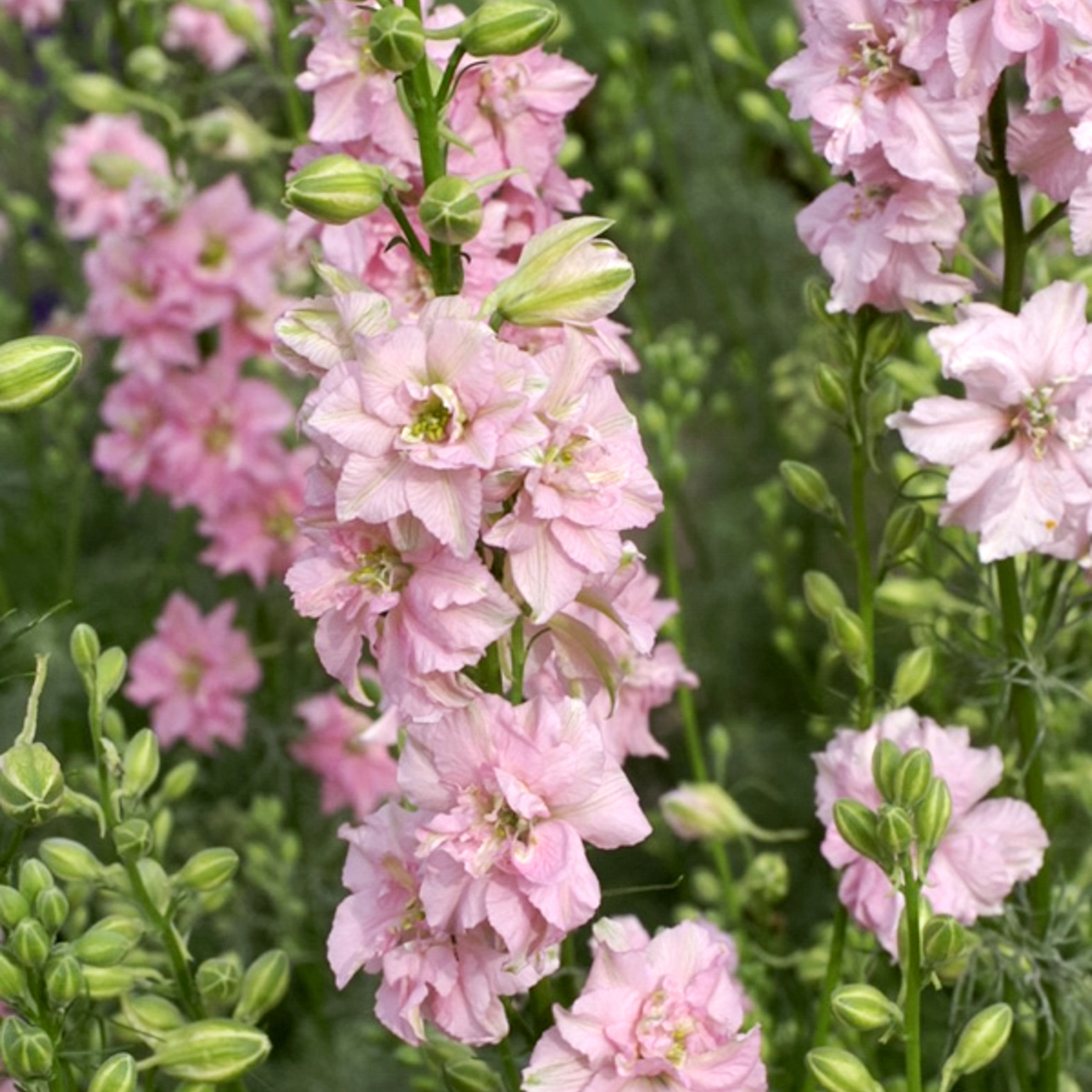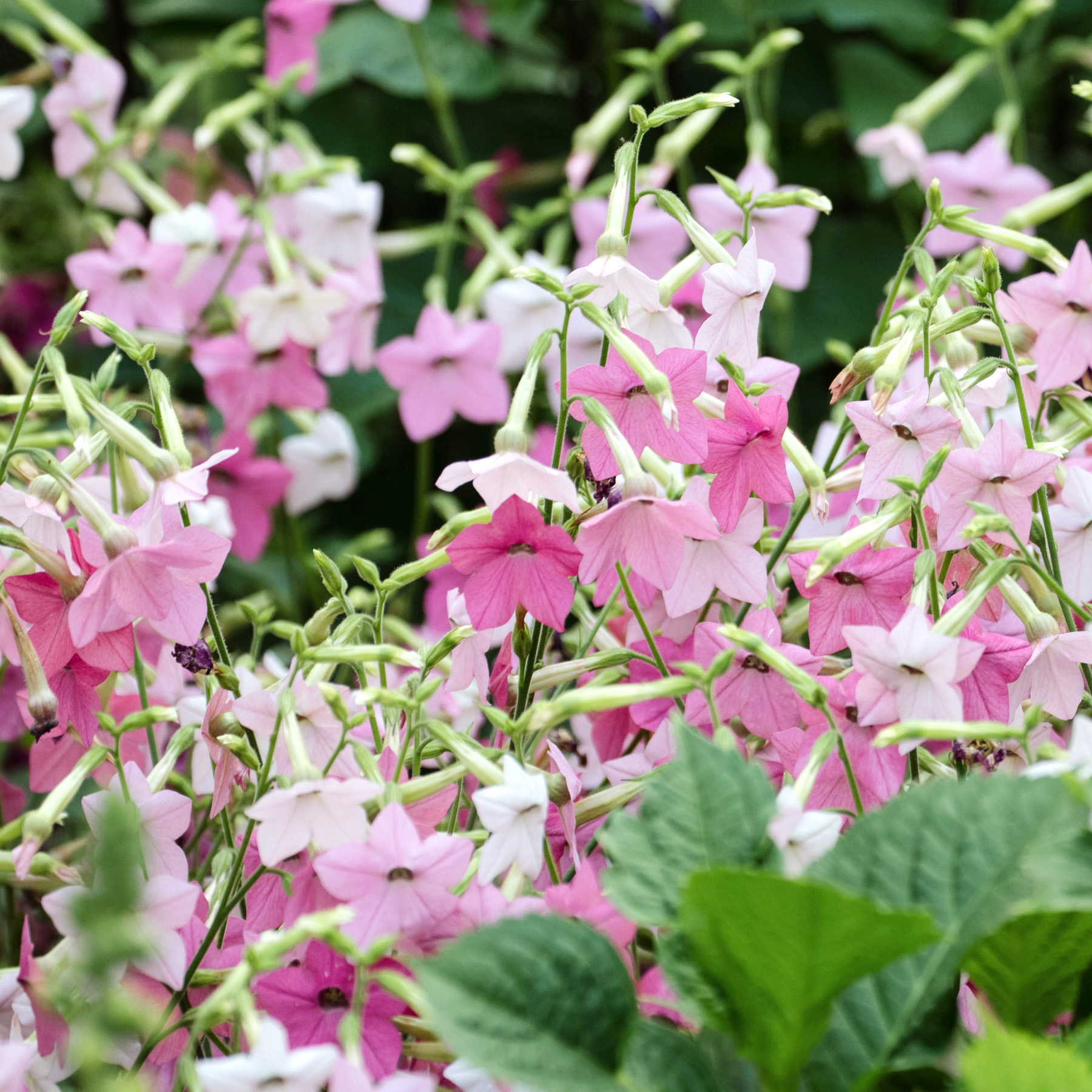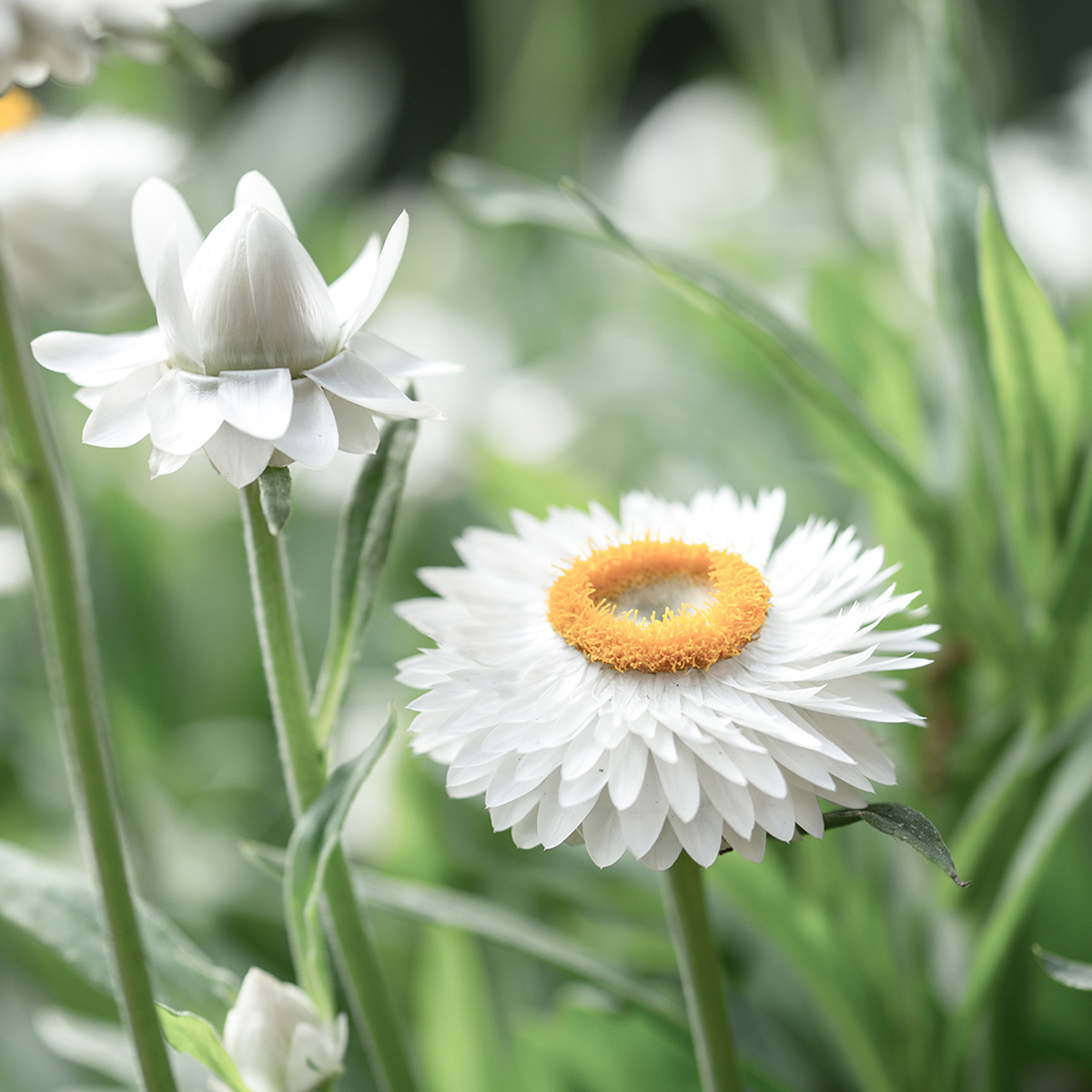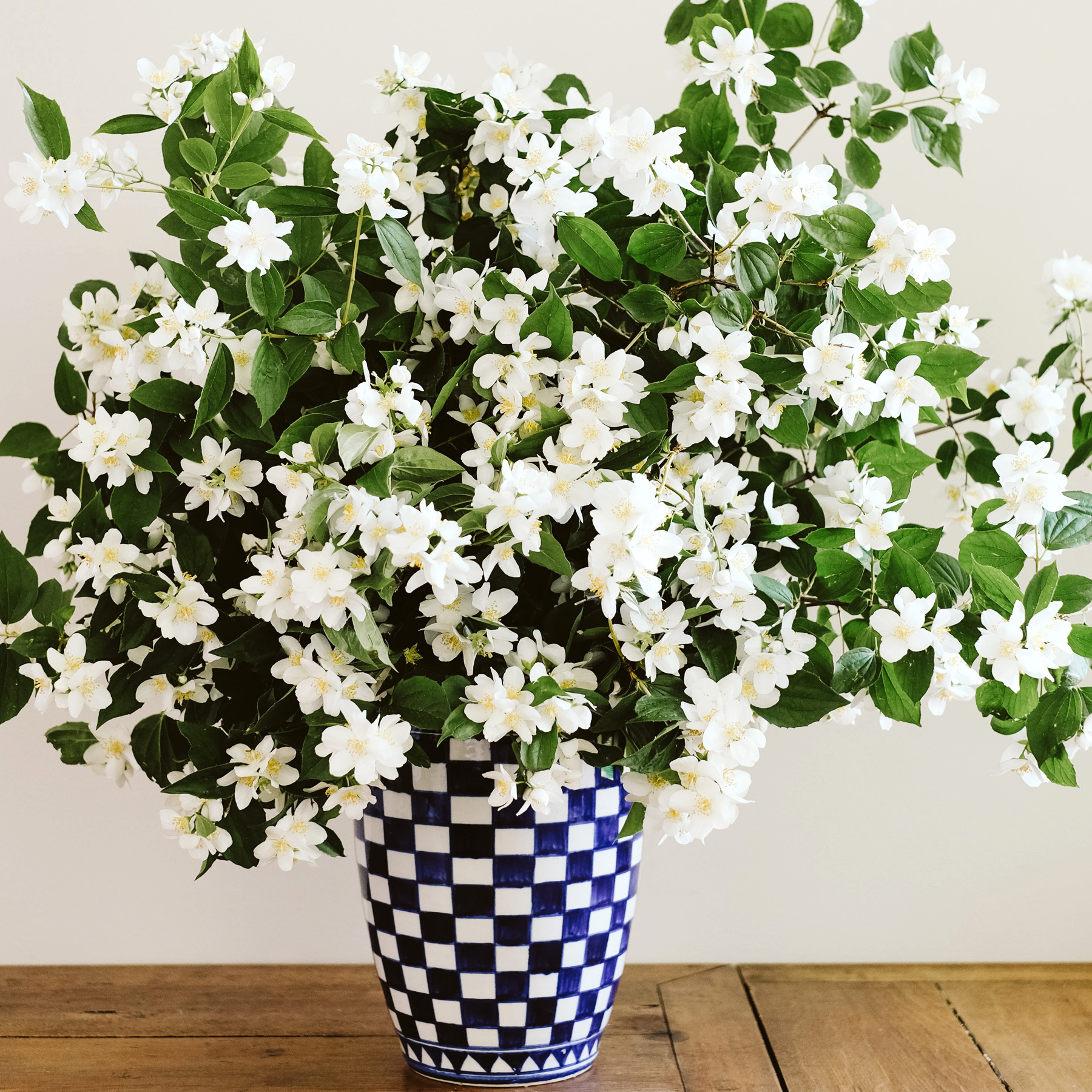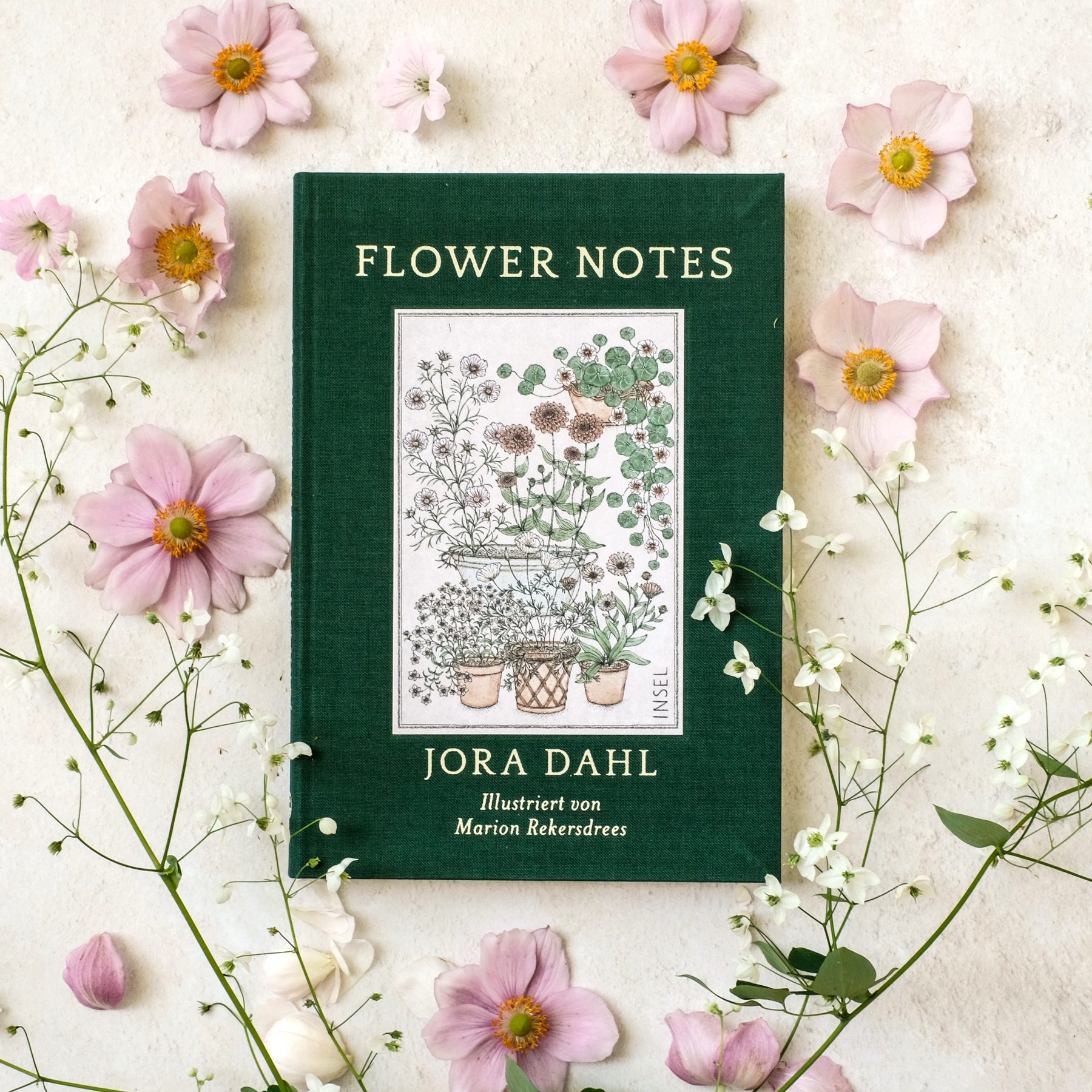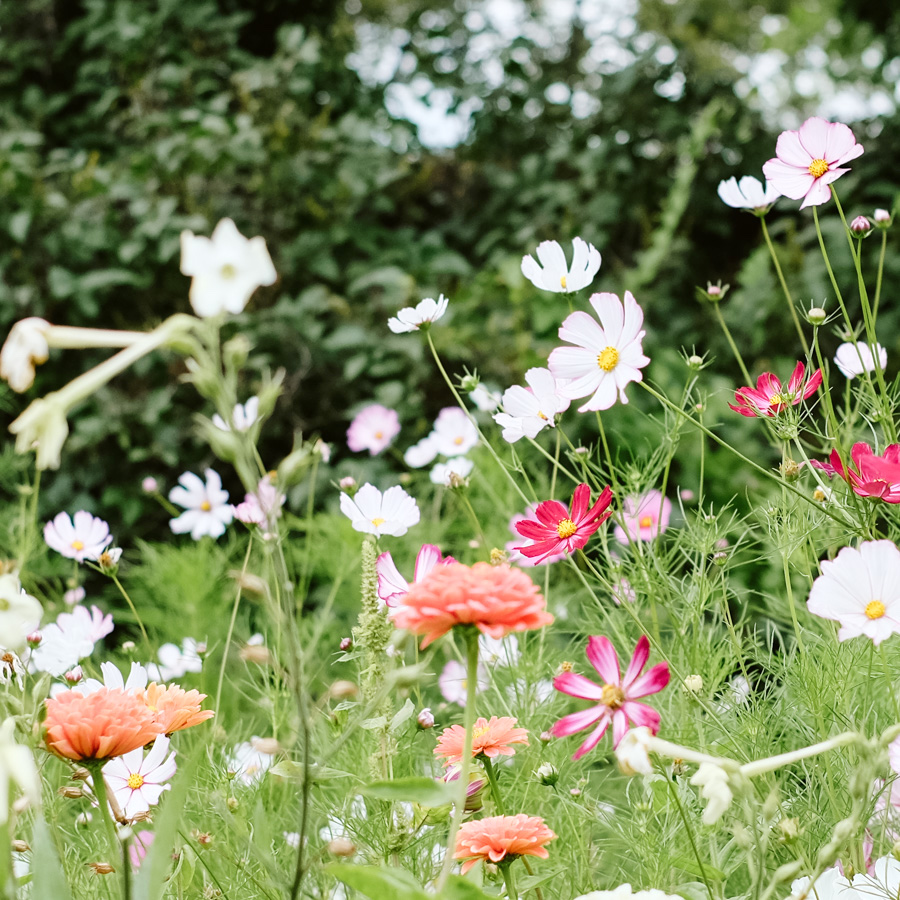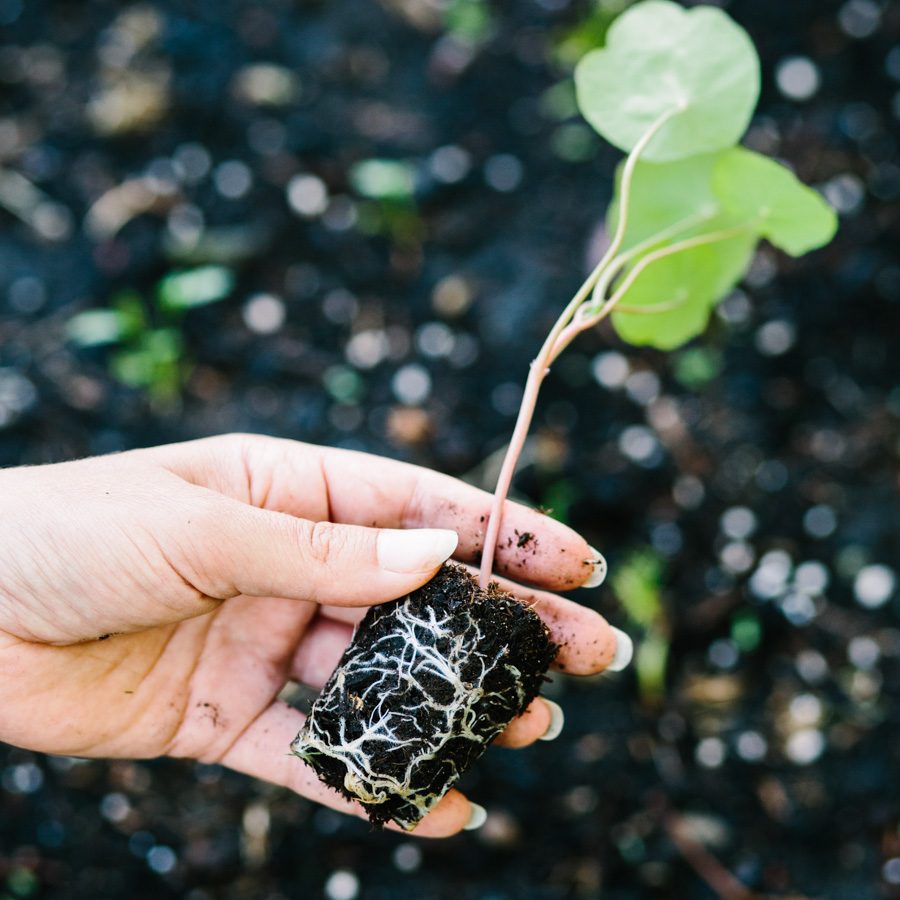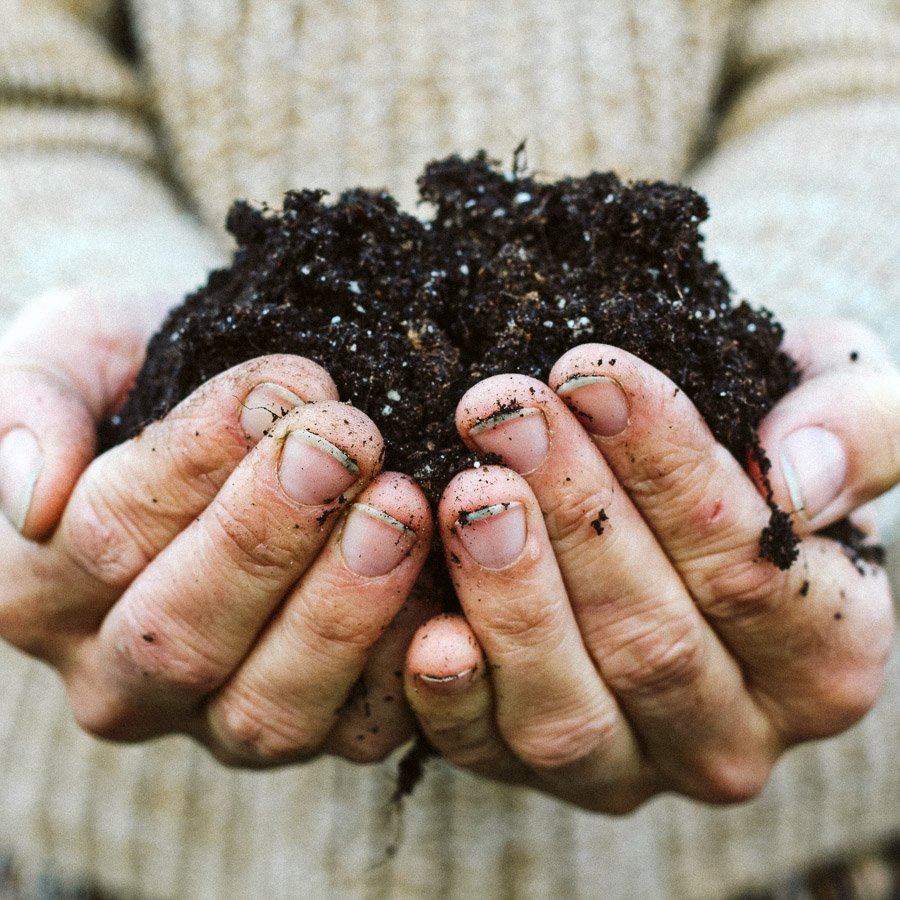The 6 most common seed growing mistakes
Growing flowers from seed is actually very easy – once you get the hang of it. There are a lot of things you can do wrong on your first try. Personally, I’ve certainly made each of these mistakes at least once myself, and I want this article to help you succeed on your first try. Here come the six most common mistakes.
1.Early starter
Especially as a beginner, you’re often overambitious. Then, when the winter weather presses down on your mind, it’s natural to start gardening. It is certainly good for the soul. Many people start sowing seeds as early as February. This is possible if you work with artificial light, but the sunshine at this time is not nearly enough to feed the little plants on the windowsill. They stretch and stretch -and eventually fall over. It is better not to start before mid-March. The light conditions will be much better by then!
The only exception are Cool Flowers, which are hardy annuals. These are ready to start from late February in a cool, bright place such as a greenhouse. In some regions, if spring is already in the air there, they can be sown directly outside now. A little cold weather won’t hurt. But if winter temperatures are low, I’ll keep my feet still here, too.

2. Too warm, too dark
Most seeds germinate well at temperatures at about 17-18 degrees, assuming brightness. However, it is often much warmer in living rooms and the windowsill is not quite as bright. The combination of too much heat and too little light often causes plantlets to “go bad”. They shoot up, but are far too thin and weak and topple over. If you observe such growth: give them more light and move them to a little colder place, this can still save the one or other seedling.
3.Mold
Frequently, seeds are sown in an indoor greenhouse. The advantage: there is constant humidity and you have to water less. The downside: one morning there is a familiar white haze over pots and plantlets. Mould! In the meantime I recommend to work without cover, to wait a little longer for germination and to water (spray) more often, because the warm and humid climate almost always leads to mould and that is neither healthy for you nor for the plants. But if you do sow with a cover: airing 2x a day is obligatory. Basically you should keep the soil moist at the beginning of the cultivation, but real wetness is always wrong. They are not pond plants, which you sow there.
4. Too many little plants
I usually take two seeds per pot, but of course many more often trickle in, especially from the very fine seeds (this is where our seed chute can help). The result: a whole meadow grows up in each little pot and you think you’re on the road to success when things germinate so wildly. Nevertheless, it is now: prick out or kill. So either transplant the little plants out of the pot or simply pluck them out. In the end, only one – the strongest – should remain in the pot. It needs all the nutrients to itself to really thrive.
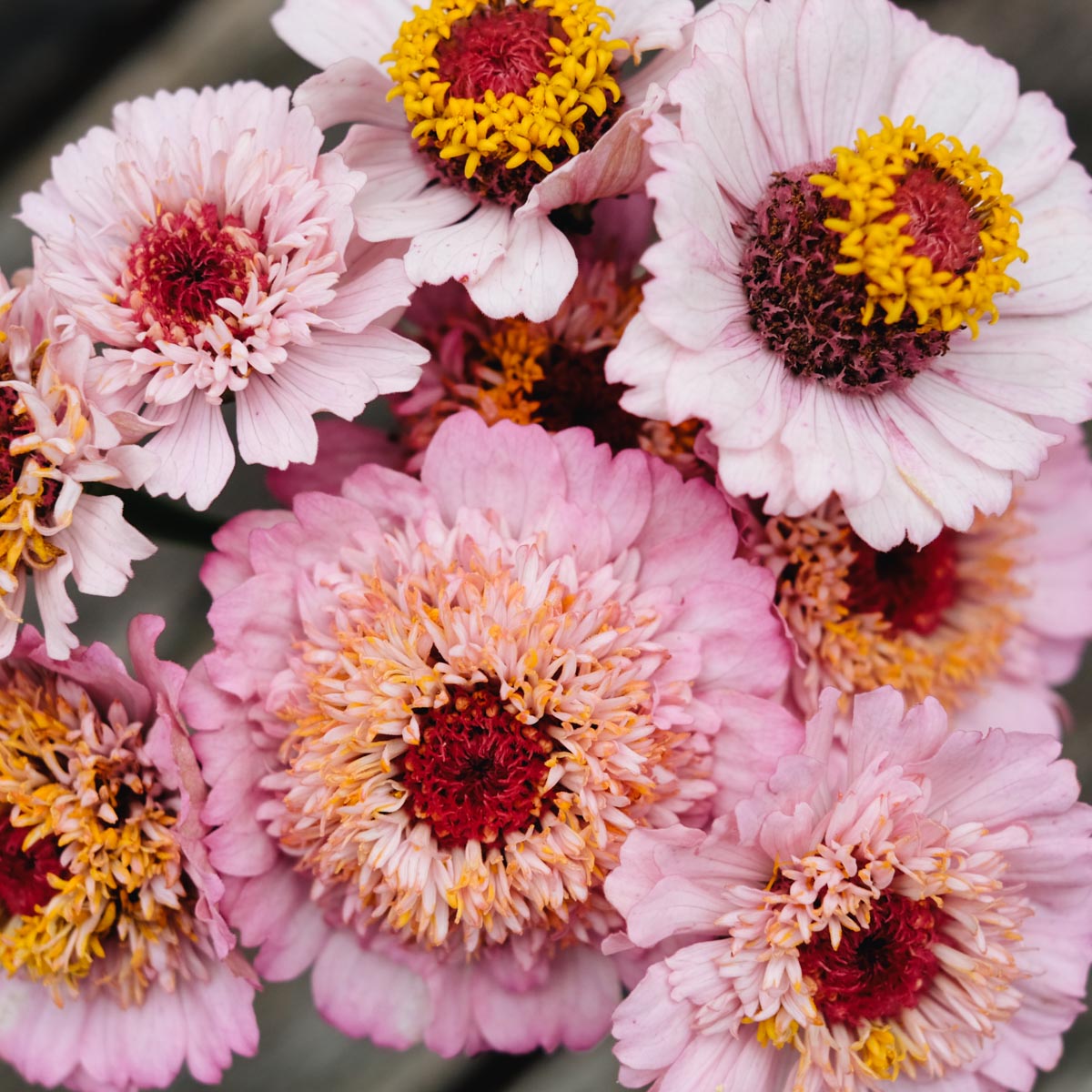
5. Too few nutrients
Seed soil is usually very low in nutrients, and that’s a good thing. Babies don’t need a 3 course meal at first either. However, once the seedlings become plants nutrients need to come in. Either the young plants are repotted in good, nutrient-rich soil or they need to be fertilized. I start this about 2-3 weeks after germination in very low doses and then fertilize every 14 days, indoors as well as outdoors. I’m all about producing lots of flowers for the vase and our soil is sandy and low in nutrients. I’m sure the flowers will bloom without fertilizer, but at the latest when they start to care, you should try it. Best of course with an organic liquid fertilizer, I use this one. And 1x a year it is advisable to enrich the soil in the garden with compost and horn shavings.
6. Getting fresh air too early
Most annuals can’t tolerate frost and shouldn’t be planted out until the danger has actually passed. And now the impatience of point 1 comes into play again. Even if the whole of April offers the purest blissful weather with temperatures close to 20 degrees – at the beginning of May come three frosty nights and the fun is over. I have already experienced this several times here in Brandenburg and I do not believe in the frost-free spring before May 15th. The losses were too big and there was not always a foil tunnel available, which could have saved the little plants. So it is better to repot again or simply not to start growing too early. Even flowers sown in April will be in bloom by mid-July and the summer is still long!
